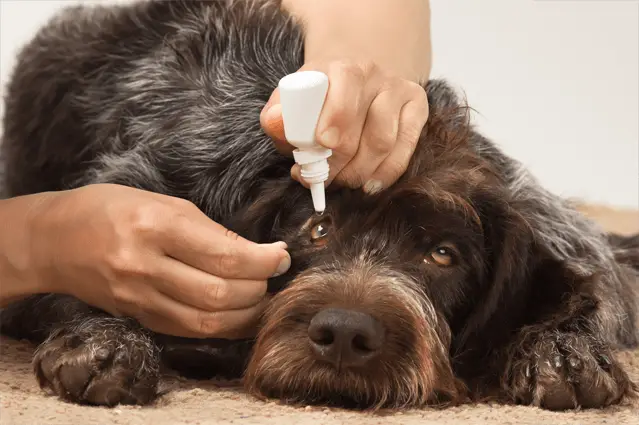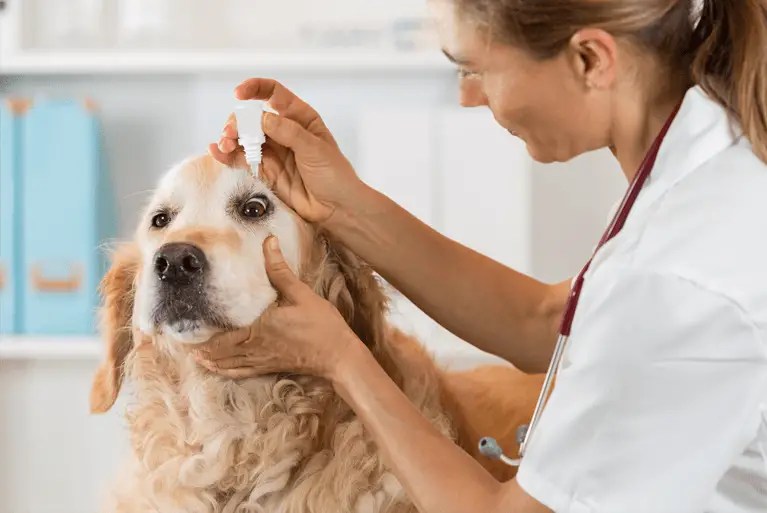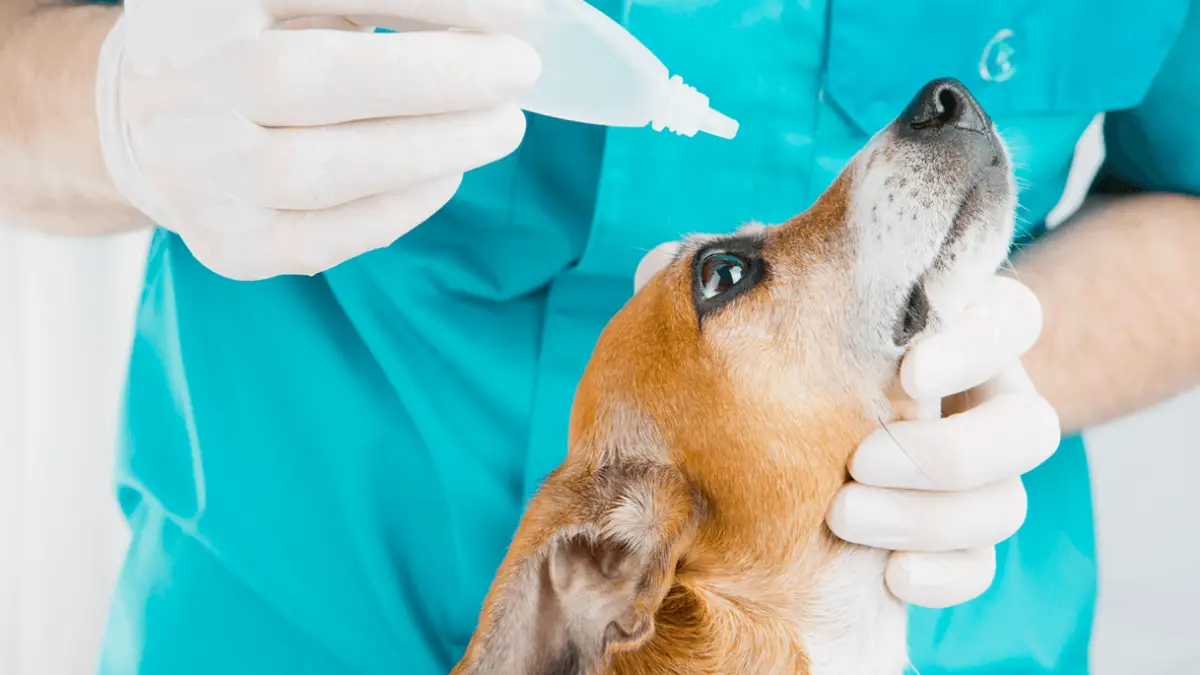Eye Drops for Dogs and Why You Should Get Them
25.02.2021.
Every day many dogs suffer some sort of eye issue. They spend most of their time at quite a lower level than we do, and believe it or not, dogs have a knack for running into the bushes with little to no regard for safety. That is one reason we love them, but they can suffer an eye injury because of it. If something is bugging your dog’s eyes, getting them dog eye drops might be a great idea. Here is what you need to know about them.
When to use eye drops for dogs?
As we said, there are many different situations when eye drops for dogs can be a life-saver, or better yet, a sight-saver. Usually, your dog’s eyes shouldn’t have any problems, and they should be clear and bright. If you notice your dog’s eyes tearing, watering, or dripping, it can be a sign of something bugging your dogs’ eyes. The most common irritants are:
- Dust
- Infections
- Allergies
- Injury
- Tear duct issues
All of these things can cause your dog’s eyes to water and drip, and in case you were wondering, it is highly unlikely your dog is crying. Check out this article for more information about that - Can dogs cry?

How dangerous are eye problems in dogs?
Eye problems can be a severe condition that should be treated as soon as possible. There is no way of knowing what a squinting eye means; even the vet cannot tell you without a thorough examination. The reason a dog squints can be a simple dust bit stuck in their eye, but it can also be glaucoma or an injured cornea.
If glaucoma is not treated within 24 - 48 hours, there is a strong possibility there will be some sort of permanent damage. The heightened pressure will cause some kind of visual impairment or, in some cases, loss of the eye. It is also dangerous because it can be easily mistaken for a simpler problem called conjunctivitis.
Types of eye drops for dogs
“Eye drops” is a broad term that can easily confuse even the most experienced owners. There are different types, and they are not all used for the same purpose. You need to be careful if you choose them yourself, and it would be best if you talk to your vet first. It is not recommended that you give your dog any medicine without consulting your vet first. There are two most common type of eye drops for dogs;
Unmedicated eye drops
Unmedicated eye drops are one of the best things to have at home. They are ideal for removing any foreign bodies from your dog’s eyes, clearing an eye wound, or it can merely moisturize your dog’s eyes. They are also great for treating stinging, squinting, itching, and irritation.
Medicated eye drops
Medicated eye drops are prescribed by vets, and you should never give your dog medicated eye drops on your own. There are different types for different eye issues, and you should know which eye drops are for what problem.
One of the issues that can need eye drops as a solution is cataracts. You can read more about them here - Cataracts in dogs.
Is it safe to use human eye drops?
If you noticed your dog is having some eye problems, it is best to quickly visit your vet. The eye is a delicate organ that needs to be treated accordingly. You shouldn’t experiment with human eye drops and only use drops that are specially made for dogs.

Tips for administering eye drops to dogs
Dogs are usually not very happy about something getting in their eyes. If you ask dog owners for advice, they will probably give you completely different answers. Something that works for one dog might not work for the other. The key is to be patient and make sure your dog is as relaxed as possible.
Here are a few interesting tips that can help you get through the process as smoothly as possible.
If you want to know more about dog eye infections, check out this article - Eye infections in dogs.
1. The first thing you should do is to clean your hands. Before you administer any eye drop to your dog, you should thoroughly wash your hands, so you don’t end up adding infection to the problem. Ensure that the eye drop tip doesn’t touch the dog’s eye, and if it does, you should sterilize it afterward.
2. Be relaxed and calm as possible. Dogs feed on your energy, and they will react to it. Make sure you are calm and relaxed, so your dog is as well.
3. Treats do wonders for your dog. You should include them in the process and make sure your dog knows they are not being punished.
4. Before you go in with the drops, get your dog used to getting touched around the eyes. Pet them and massage the area around their eyes so they are relaxed before you use the eye drops.
5. Don’t restrain your dog. They will not react too well to that. Decide for a peaceful, playful approach instead.
6. Approach the dog from the back, or have them sit between your legs. Hold them with your legs and elbows while you gently tilt their head backward. Make sure they are feeling comfortable and safe. If they are too squirmy, let them go and take it from the top. You can do the same with your smaller dog by placing them on the table.
7. Use a distraction while administering the drops. You can use one hand to give them the eye drop and give them a treat with the other.
8. The most essential thing is to stay positive. If your dog is in pain, they will be reluctant to get something in their painful eye. You might have to try administering the drops a few times before you actually manage to get them in. Give your dog plenty of treats, and make sure they are comfortable and as happy as they can be.
Here are some suggestions for dog eye drops that could be wise to have on-hand at home;
- Tobramycin (Generic) Ophthalmic Solution 0.3%
- Posatex Otic Suspension for Dogs
- Vetericyn Plus Antimicrobial Ophthalmic Pet Gel
- Nutri-Vet Dog Eye Rinse
- Dr. Goodpet Eye-C Dog & Cat Eye Drops
World Dog Finder team







Share